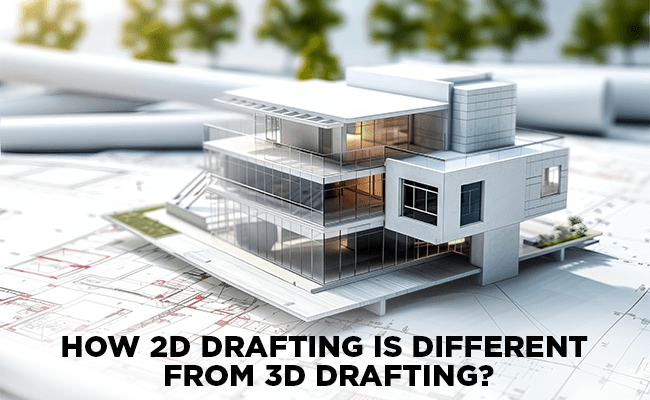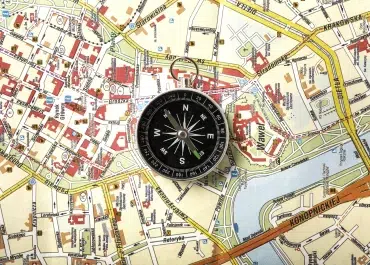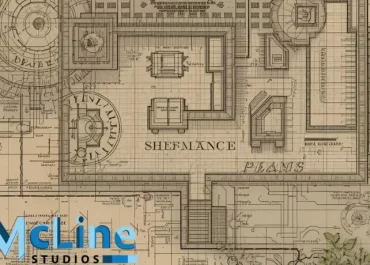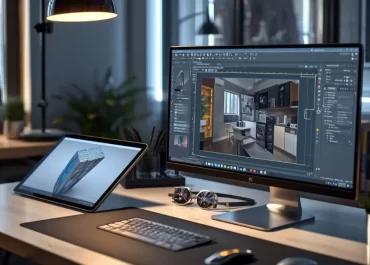A construction site was facing a major delay. The issue? A misinterpretation of a 2D-floor plan led to an incorrect column placement, forcing the team to redo a critical section of the project. If the design had been in 3D, the mistake would have been caught early, saving time and money.
This scenario highlights a key difference between 2D and 3D drafting, clarity in visualization. While 2D drafting has been the backbone of architecture, engineering, and manufacturing for decades, 3D drafting is transforming the way professionals design, analyze, and execute projects.
But does this mean 3D drafting is always the better choice? Not necessarily. Both methods have their strengths and limitations, and the right choice depends on the project’s needs. This article explores how 2D and 3D drafting differ, their advantages, and what to consider when selecting the right approach.
2D Drafting vs. 3D Drafting
In simpler words, 2D drafting is the process of creating flat, two-dimensional representations of objects, typically using software like AutoCAD or DraftSight. These drawings include floor plans, elevations, sections, and technical details with dimensions, annotations, and symbols.
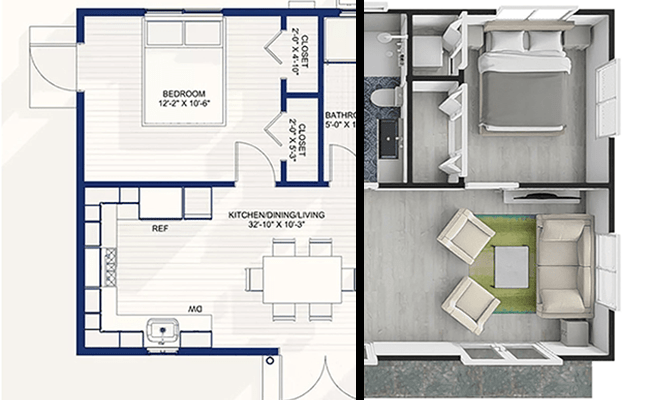
3D drafting (or 3D modeling) creates three-dimensional representations of objects, allowing users to visualize designs realistically. It is done using software like Revit, SketchUp, 3Ds Max, and Blender. 3D drafting includes wireframe models, solid models, and surface models.
| Aspect | 2D Drafting | 3D Drafting |
| Representation | Flat drawings, usually in plan, elevation, or section views | Three-dimensional models with depth and perspective |
| Visualization | Limited to orthographic views | Provides realistic, immersive visualization |
| Editing & Modifications | Easier for simple changes | More complex, but parametric modeling allows efficient updates |
| Accuracy & Detailing | Precise for technical documentation | More accurate in terms of spatial relationships |
| Usage | Widely used in architectural plans, manufacturing drawings, and engineering layouts | Used for product design, architectural visualization, simulations, and virtual walkthroughs |
| Learning Curve | Easier for beginners | More complex due to additional tools and concepts |
Advantages of 2D Drafting Over 3D Drafting
Despite the rise of 3D drafting, 2D drafting remains a preferred choice in many industries. It’s simple, efficient, and, in some cases, more practical. Here’s why:
- Faster and Easier for Simple Designs: For straightforward projects like floor plans, schematics, or basic technical drawings, 2D drafting gets the job done quickly. There’s no need to build a full 3D model when a simple set of drawings is enough.
- Cost-Effective and Less Resource-Intensive: 2D drafting software is usually more affordable, and it doesn’t require high-end computers. This makes it a practical choice for professionals and businesses looking to keep costs low.
- Clearer Technical Details: Dimensions, annotations, and symbols are often more readable in 2D drawings. Many manufacturers and construction teams still rely on 2D blueprints because they present measurements and specifications clearly without unnecessary visual complexity.
- Easier to Learn and Use: Mastering 2D drafting is simpler than learning 3D modeling. For professionals who only need to create technical drawings, 2D drafting eliminates the steep learning curve of 3D software.
- Widely Accepted Across Industries: Many regulatory bodies, contractors, and suppliers still work with 2D drawings as their standard. Converting everything to 3D may not always be necessary or practical, especially in industries where traditional workflows are well-established.
Advantages of 3D Drafting Over 2D Drafting
While 2D drafting is efficient for many tasks, 3D drafting brings a new level of accuracy, visualization, and flexibility. Here’s why more industries are making the shift:
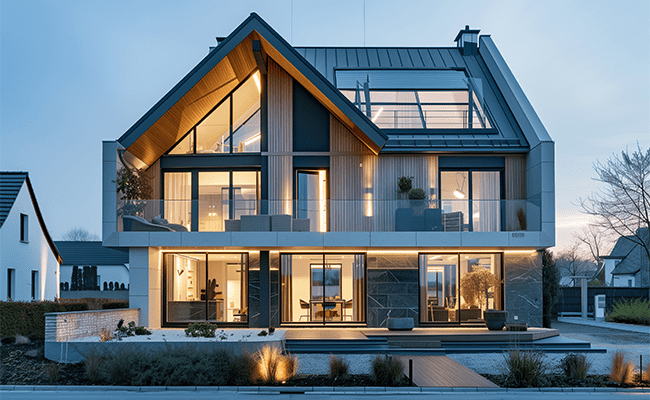
- Better Visualization and Fewer Mistakes: A 3D model allows designers, engineers, and clients to see a project from every angle. Unlike 2D drawings, which require interpretation, 3D models make it easier to spot errors, misalignments, or design conflicts before construction or production begins.
- Easier Modifications and Design Updates: Making changes in a 2D drawing often means adjusting multiple views manually. In 3D drafting, changes are applied across the entire model, making updates faster and reducing the chances of inconsistencies.
- More Accurate Measurements and Real-World Simulations: 3D drafting provides precise spatial relationships, allowing for better calculations of weight, volume, material usage, and structural integrity. Engineers can also run simulations to test stress, airflow, and other real-world conditions before a product or structure is built.
- Improved Collaboration and Communication: A 3D model makes it easier for teams to work together. Whether it’s an architect sharing a realistic building design with a client or a manufacturer using a digital prototype.
- Integration with Modern Technology: With the rise of 3D printing, virtual reality (VR), and augmented reality (AR), 3D drafting is becoming essential for modern design and production workflows. It allows for immersive presentations, interactive walkthroughs, and automated manufacturing processes.
What to consider for your next project?
When deciding whether to go with 2D or 3D drafting for your next project, there are a few things you’ll want to keep in mind. First, think about the complexity of the design. If it’s something straightforward, like a floor plan or basic layout, 2D might be all you need. However, for more detailed, intricate projects, 3D drafting will give you clarity and accuracy that 2D just can’t provide.
Next, consider your budget. 2D drafting is more affordable and doesn’t require as much technical know-how or high-end equipment. However, if your project involves advanced modeling or integration with technologies like 3D printing or virtual reality, then 3D drafting will be a better investment.
If your project needs to be presented to clients or stakeholders, consider how much visualization matters. A 3D model offers a more immersive experience and allows people to better understand the project before it’s built. However, for more technical purposes, 2D drafting might get the job done faster and with more precision.
Lastly, think about future modifications. If the design is going to change often, 3D drafting makes it much easier to make edits and see how those changes impact the whole model. With 2D, every little update requires adjustments to multiple views and can take up more time.
In the end, it all comes down to what fits your project’s specific needs. Whether you choose 2D or 3D drafting, understanding these factors will help you make the right choice for a smoother process and a more successful outcome.

